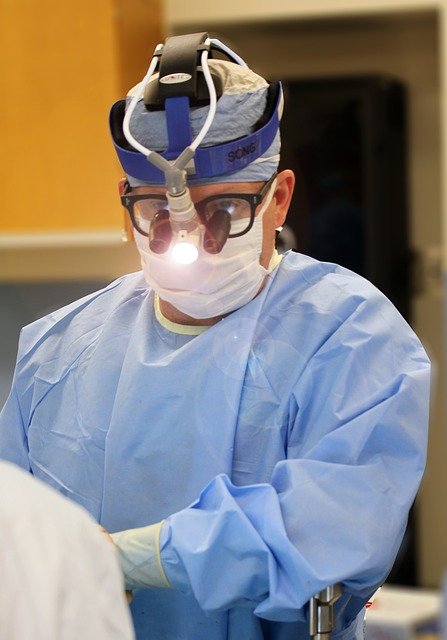Liver Transplant at University of Minnesota Medical Center
One of the oldest and most successful liver transplant programs in the world
University of Minnesota Physicians have more than 600 liver transplants to their credit and have led the region and nation with many firsts. In 1981, the University of Minnesota was the first in the Midwest region to perform a combined liver-kidney transplant. A combined liver-pancreas transplant followed in 1990 and a comined liver-intestine transplant in 1996. In 1997, we began performing adult-to-child, living-related-donor segmental liver transplants. That practice expanded to include adult-to-adult segmental liver transplants in 1999.
Why choose us?
The attending surgeons in our program are fully committed to training fellows to become a certified transplant surgeons with the United Network for Organ Sharing (UNOS).

As a result of our research and pioneering procedures, there has been a dramatic increase in the number of patients who are now being considered for this operation.
Unfortunately, that has not been met with a dramatic increase in the number of deceased donor organs available for transplantation. As a matter of fact, the number of deceased donors available each year has risen only slightly. This has resulted in a greater gap between the number of patients waiting, and the number getting a transplant.
To help combat this shortage of donor livers transplant centers around the world have adopted living donation as a partial solution. In 2007, physicians at University of Minnesota Medical Center performed the second highest number of adult living-donor liver transplants in the nation. Many people are now opting to help extend someone's life by donating a portion of their liver to a relative, friend or co-worker.
We lead the nation in living-donor liver transplant success
Living-donor liver transplants that are performed at the Transplant Center have among the highest success rates in the nation. Living-donor liver transplantation provides patients with another option for transplant. It has several advantages over a transplant from a deceased donor. The most important of these is being able to avoid a long waiting time.
We continue to pursue cutting-edge technology with research on artificial liver support devices, split-liver transplantation, and living-donor liver transplantation. If you are considering living donation as an option, there are many issues to consider. Click on this link for more information on our Living Liver Donor Program.
